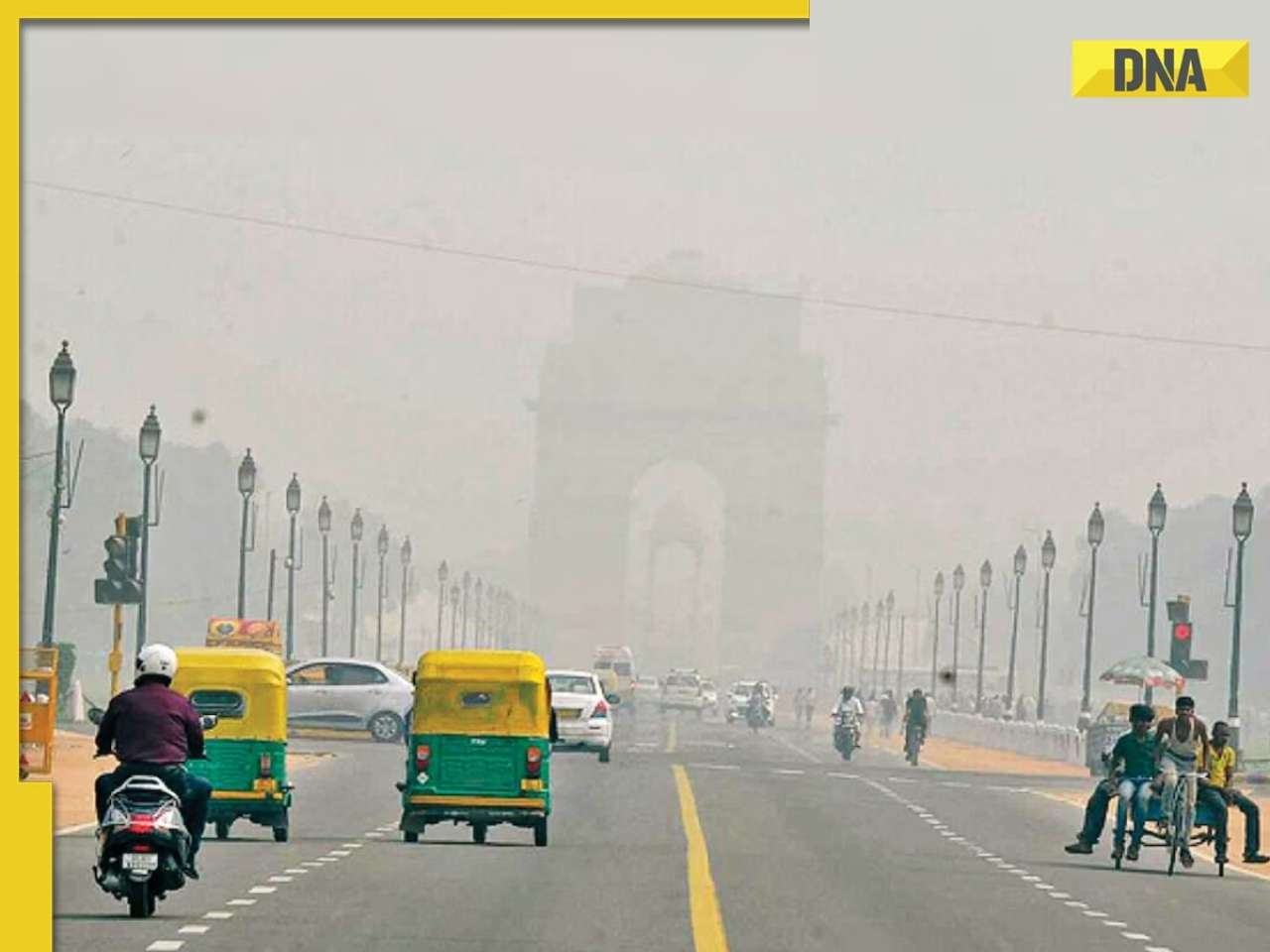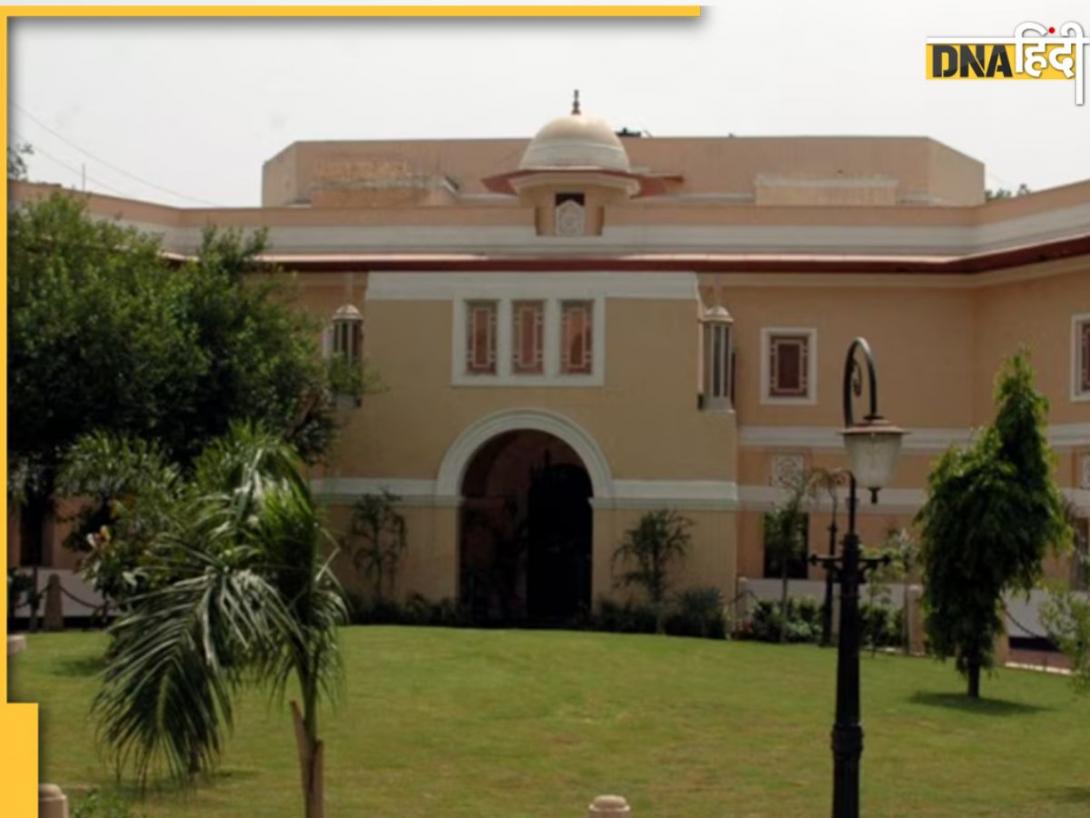- LATEST
- WEBSTORY
- TRENDING
EXPLAINER
Explained: Why a rare cyclone in Arabian Sea sparked concerns among meteorologists
A sea surface temperature of 27 degrees Celsius and above is needed for a low-pressure system to intensify into a cyclone.
TRENDING NOW
Recently, a deep depression intensified into cyclone Asna off the coast of Kachchh in Gujarat and the adjoining areas of Pakistan. This rare cyclone in the Arabian Sea has left meteorologists perplexed. It was the first cyclonic storm in the Arabian Sea in August since 1976. The name Asna, given by Pakistan, means "the one to be acknowledged or praised".
Three cyclonic storms (1891-2023)
According to IMD, between 1891 and 2023, only three cyclonic storms formed in the Arabian Sea during August (in 1976, 1964, and 1944). The 1976 cyclone originated over Odisha, moved west-northwestward, entered the Arabian Sea, followed a looping track, and weakened over the northwest Arabian Sea near the Oman coast. The 1944 cyclone intensified after emerging into the Arabian Sea before weakening. In 1964, another short-lived cyclone developed near the South Gujarat coast and weakened near the coast.
Deep Depression vs Cyclone
A deep depression is a low-pressure system with wind speeds ranging from 52 kmph to 61 kmph, while a cyclone has wind speeds between 63 kmph and 87 kmph. A sea surface temperature of 27 degrees Celsius and above is needed for a low-pressure system to intensify into a cyclone.
Currently, the sea surface temperature in the Bay of Bengal is 28-30 degrees Celsius. It is around 27-28 degrees Celsius in the Arabian Sea. It's colder (below 26 degrees Celsius) in the west-central Arabian Sea and very warm (above 32 degrees Celsius) in the Gulf of Aden. The Tropical Cyclone Heat Potential is high in the central Bay of Bengal but low in the northern and central Arabian Sea.
Why is this an unusual cyclone?
The IMD on Thursday said these sea conditions suggest that the system will encounter colder waters in the Arabian Sea, so it's unlikely to intensify much. Madhavan Nair Rajeevan, former secretary of the Ministry of Earth Sciences, said it was surprising to see the weather system over the North Arabian Sea intensifying into a cyclonic storm.
"During our training we learnt from our teachers and textbooks that the North Arabian Sea becomes colder during the monsoon season due to ocean upwelling and no weather system can intensify over there," he posted on X.
"How does this happen? The Arabian Sea is warming up as a part of global warming. But we need to understand the mechanisms better. It is high time we need to revise meteorology textbooks describing the dynamics of monsoon weather systems by incorporating this kind of new information and insights. We need to be better prepared for climate change adaptation strategies," he said.
(With inputs from PTI)







)
)
)
)
)
)
)
)
)
)
)
)
)
)
)
)




























































